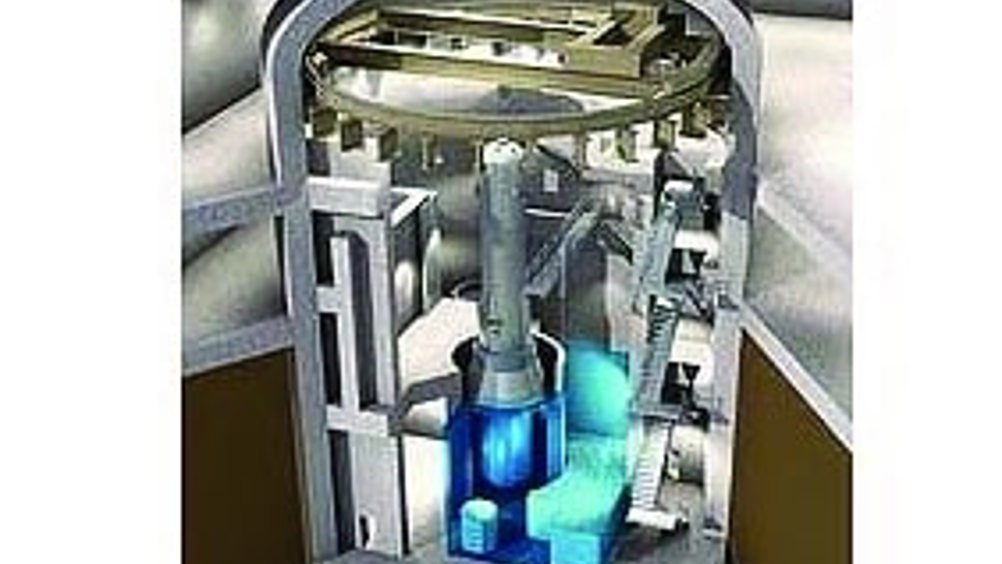ETI calls on government to help make Small modular reactors a reality by 2030
Small nuclear reactors that can be produced in factories and transported to a generator site by truck could be operating in the UK within the next 15 years, according to a new report by the Energy Technologies Institute (ETI).

The report - Preparing For Deployment of A UK Small Modular Reactor By 2030 - outlines some of the measures which need to be taken to support the roll out of so-called small modular reactor technology and calls on government to introduce a policy framework that will encourage investor confidence in the technology.
The study also re-assesses the viability of deploying SMRs as Combined Heat and Power (CHP) plants, as well as power generation, highlighting the economic benefits of extracting low carbon heat for supply to district heating networks.
Due to their smaller size and easier siting, SMRs offer flexibility and could deliver low carbon heat into cities via hot water pipelines up to 30km in length. This flexibility opens up new potential sites and can help to decarbonise energy use in buildings.
Another benefit of SMRs is that they can be built to a standard design in factories before being assembled on site. This standardisation has the potential to accelerate cost reduction through the economy of multiples.
Register now to continue reading
Thanks for visiting The Engineer. You’ve now reached your monthly limit of news stories. Register for free to unlock unlimited access to all of our news coverage, as well as premium content including opinion, in-depth features and special reports.
Benefits of registering
-
In-depth insights and coverage of key emerging trends
-
Unrestricted access to special reports throughout the year
-
Daily technology news delivered straight to your inbox










Water Sector Talent Exodus Could Cripple The Sector
Maybe if things are essential for the running of a country and we want to pay a fair price we should be running these utilities on a not for profit...